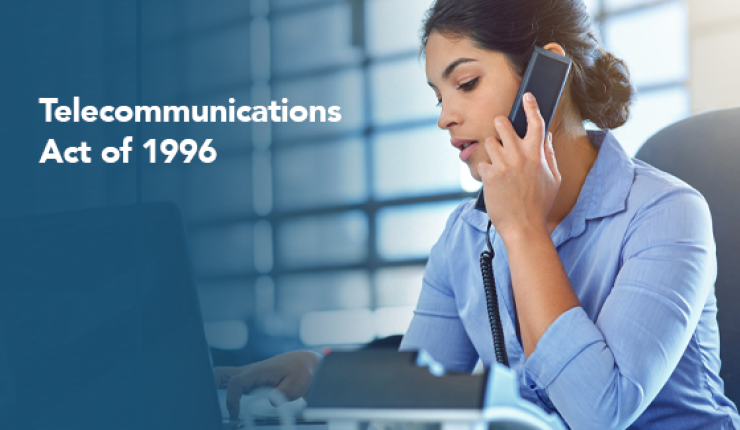
Inside the world’s largest number portability registry
The Telecommunications Act of 1996 mandated that consumers had the right to keep their telephone number when changing Service Providers. Today that process, known as Local Number Portability (LNP), seems simple and seamless. That’s because consumers don’t see all the complex behind-the-scenes work that makes it possible.
The system that makes LNP work for virtually all U.S. telephone numbers, including wireless, wireline and VoIP, is known as the Number Portability Administration Center (NPAC). Since the NPAC contains proprietary data from thousands of competing Service Providers, access to NPAC data is limited to specific, permitted uses and is available only to authorized NPAC users.
Who can use NPAC data?
Service Providers, PTRS users
Becoming an authorized NPAC user is limited to Service Providers, including Contracted Network Users of Service Providers, and Providers of Telecom Related Services, including Service Bureaus. These entities can only use the data for routing, rating, billing and network maintenance.
Law enforcement
U.S. law enforcement agencies and public safety providers can register for PortData Source to access data regarding the porting history, Service Provider ownership and Service Provider contact for specific telephone numbers. This data can be used to aid in a variety of investigations.
Call, contact centers
Businesses that conduct telephone marketing or research over the telephone that must abide by the Telephone Consumer Protection Act (TCPA) can register for PortData Comply for secure access to daily updates of telephone numbers that have been ported between wireless and wireline.
Fraud, risk mitigators
Businesses that require telephone number data to assess risk, mitigate fraud and protect their customers can register for PortData Validate. Access to this country’s only authorized data source allows porting history and Service Provider ownership of a specific number to be verified.
What is Local Number Portability (LNP)?

How LNP came to be
Local Number Portability (LNP), which was mandated as part of the Telecommunications Act of 1996, gives consumers the choice and convenience of keeping their wireline or wireless telephone number when switching from one Service Provider to another. Number portability was designed to increase competition among Service Providers, stimulate demand for telecommunication services, reduce prices for consumers and encourage technology innovation.
The history of LNP in the United States and its expansion from wireline to wireless to VoIP can be seen in a detailed timeline.

How portability works
With the introduction of portability, telephone numbers were able to be switched between Service Providers. To ensure the correct routing of calls, a new way of determining the network address of the serving switch was needed. This led to the creation of the Location Routing Number (LRN), a unique 10-digit telephone number assigned to each switch, which makes LNP possible.
There are three reasons a telephone number might need to be ported and seven steps in the porting process.
iconectiv’s role with the LNPA
As the authoritative partner of the communications industry, iconectiv’s has intimate knowledge of the intricacies and complexities of creating, operating, and securing the telecommunications infrastructure for Service Providers, regulators, enterprises and content providers.
As the Local Number Portability Administrator (LNPA) for the United States, iconectiv manages the nation’s Number Portability Administration Center (NPAC), the largest system of databases of ported telephone numbers in the world. The U.S. NPAC includes approximately 1 billion telephone numbers for ~1600 Service Providers and Providers of Telecom-Related Services (PTRS).
